Putin's Arctic Shadow Fleet: A Reawakening And Its Implications
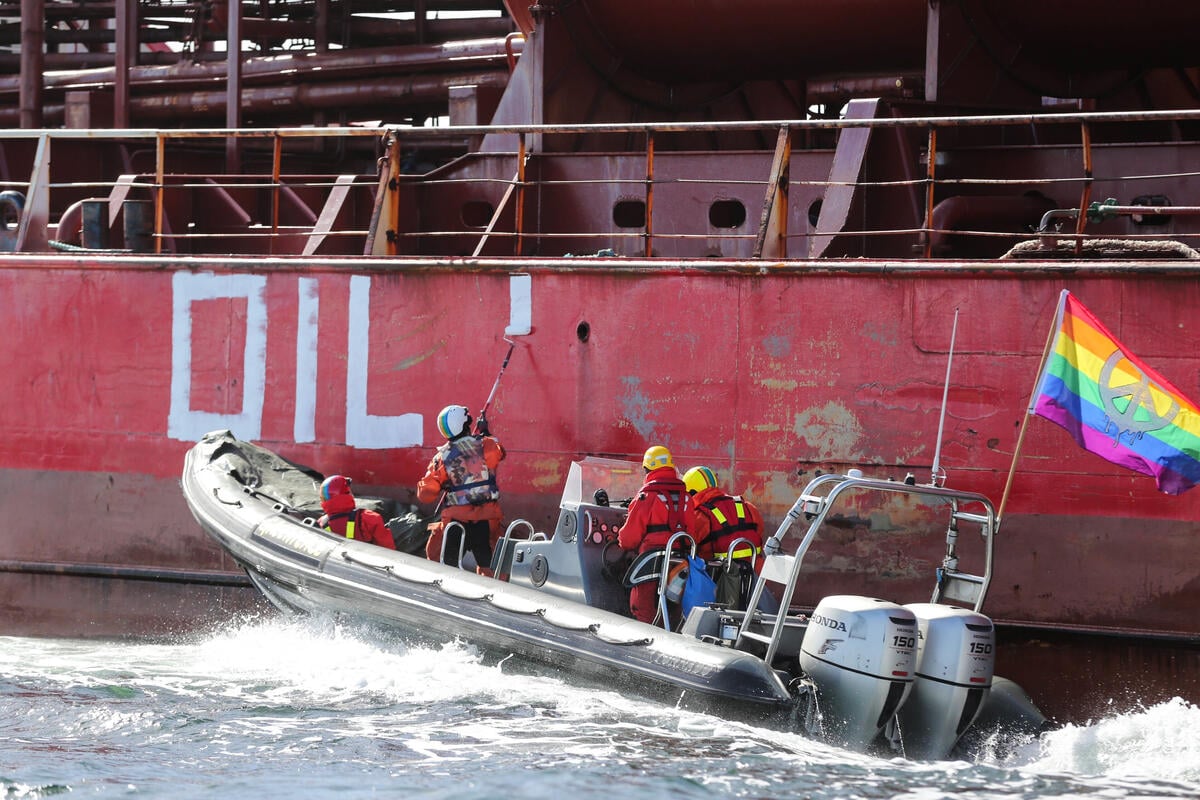
Table of Contents
The Composition and Capabilities of Putin's Arctic Shadow Fleet
Russia's Arctic military buildup is multifaceted, encompassing a range of assets designed for operation in the challenging Arctic environment. This "shadow fleet" isn't just about surface vessels; it's a complex interplay of icebreakers, submarines, naval aviation, and ground forces, all working in concert.
Icebreakers and Support Vessels: Russia's investment in nuclear-powered icebreakers is a cornerstone of its Arctic strategy. These vessels possess dual-use capabilities, serving both civilian and military purposes. Their ability to navigate thick ice makes them invaluable for supporting naval operations in otherwise inaccessible waters.
- Specific Icebreaker Classes: The Arktika class, the world's most powerful nuclear icebreakers, are prime examples. Their immense power allows them to escort submarines, resupply bases, and create navigable channels for other vessels. The Leader class, currently under construction, will further enhance Russia's icebreaking capabilities.
- Military Applications: Beyond icebreaking, these vessels can be equipped with advanced sensors and communication systems, providing intelligence-gathering capabilities and facilitating covert operations. Auxiliary vessels, including supply ships, repair ships, and oceanographic research ships, provide essential logistical support to the entire fleet.
Submarines and Naval Aviation: The Russian submarine fleet plays a critical role in projecting power in the Arctic. Their strategic positioning allows for surveillance, deterrence, and rapid response capabilities.
- Submarine Classes: Russia deploys several classes of nuclear-powered submarines in the Arctic, including the Borei-class ballistic missile submarines and the Yasen-class cruise missile submarines. These submarines are equipped with advanced weaponry, including nuclear warheads and long-range cruise missiles.
- Naval Aviation: Long-range patrol aircraft, such as the Tupolev Tu-142 and Ilyushin Il-38, provide crucial surveillance capabilities, monitoring shipping lanes and detecting potential threats. Their extended range allows them to monitor vast stretches of the Arctic Ocean.
Coastal Defense and Ground Forces: Russia is bolstering its Arctic coastal defenses with state-of-the-art radar systems, missile batteries, and increased troop deployments along its Arctic coastline. This land-based component is integrated with the naval fleet, creating a robust defensive network.
- Upgraded Infrastructure: This includes new and upgraded military bases, airfields, and radar stations along the Arctic coastline, designed to detect and respond to potential threats.
- Integrated Defense Strategy: The combination of coastal defenses and the Arctic shadow fleet allows Russia to effectively control access to its Arctic territories and resources.
Strategic Implications of the Arctic Shadow Fleet
Putin's Arctic military buildup has profound strategic implications extending far beyond the Arctic Circle.
Control of the Northern Sea Route (NSR): Russia aims to control and commercialize the NSR, a shorter shipping route between Europe and Asia. This control offers significant economic and strategic advantages.
- Economic Benefits: The NSR could dramatically reduce shipping times and costs for Russian exports, boosting its economy.
- Strategic Implications: Control of the NSR would allow Russia to project military power more effectively and potentially disrupt global trade routes.
Access to Arctic Resources: The Arctic holds vast reserves of oil, gas, and minerals, making it a highly valuable region. Russia's shadow fleet plays a crucial role in securing its access to these resources.
- Resource Extraction: Russia is actively pursuing the exploration and exploitation of its claimed Arctic resources.
- Territorial Disputes: This pursuit could exacerbate existing tensions with neighboring countries regarding territorial claims and resource rights.
Geopolitical Implications and Global Power Dynamics: Russia's Arctic ambitions are impacting global power dynamics, leading to increased tensions with NATO and other Arctic nations.
- Military Escalation: The increased military presence raises concerns about potential military escalation and confrontation.
- NATO Response: NATO is closely monitoring Russia's activities and is enhancing its own Arctic presence to counterbalance Russia’s actions.
Climate Change and the Arctic: Climate change is accelerating the melting of Arctic ice, opening up new opportunities and challenges. This melting ice is increasing accessibility to the Arctic, impacting Russia's strategic calculations.
- Increased Accessibility: The melting ice makes the Arctic more accessible for shipping and resource extraction, potentially accelerating resource exploitation.
- Strategic Opportunities: Russia is keen to capitalize on the opening of new shipping routes and access to resources.
Conclusion:
Putin's Arctic shadow fleet is a powerful symbol of Russia's ambitions in the Arctic. Its rapid expansion, combined with Russia's assertive foreign policy, presents a significant challenge to global security and regional stability. Understanding the nature and capabilities of this fleet is vital for navigating the complexities of this strategically important region. Continued monitoring of Putin's Arctic fleet and proactive engagement with international partners are essential to ensuring peace and stability in the Arctic. Ignoring the implications of this growing naval force would be a dangerous oversight. We must remain vigilant and actively address the challenges posed by Putin's Arctic shadow fleet to ensure a secure and sustainable future for the Arctic.

Featured Posts
-
 Third Pregnancy For Cassie Singer Announces Baby News
May 13, 2025
Third Pregnancy For Cassie Singer Announces Baby News
May 13, 2025 -
 Cubs Rally Behind Happs Game Winning Hit Against Dodgers
May 13, 2025
Cubs Rally Behind Happs Game Winning Hit Against Dodgers
May 13, 2025 -
 Vem Blir Atalantas Naesta Manager
May 13, 2025
Vem Blir Atalantas Naesta Manager
May 13, 2025 -
 Un Accord Post Brexit Pour Gibraltar Progres Et Defis
May 13, 2025
Un Accord Post Brexit Pour Gibraltar Progres Et Defis
May 13, 2025 -
 Extensive Search For Missing Senior In Portola Valley
May 13, 2025
Extensive Search For Missing Senior In Portola Valley
May 13, 2025
Latest Posts
-
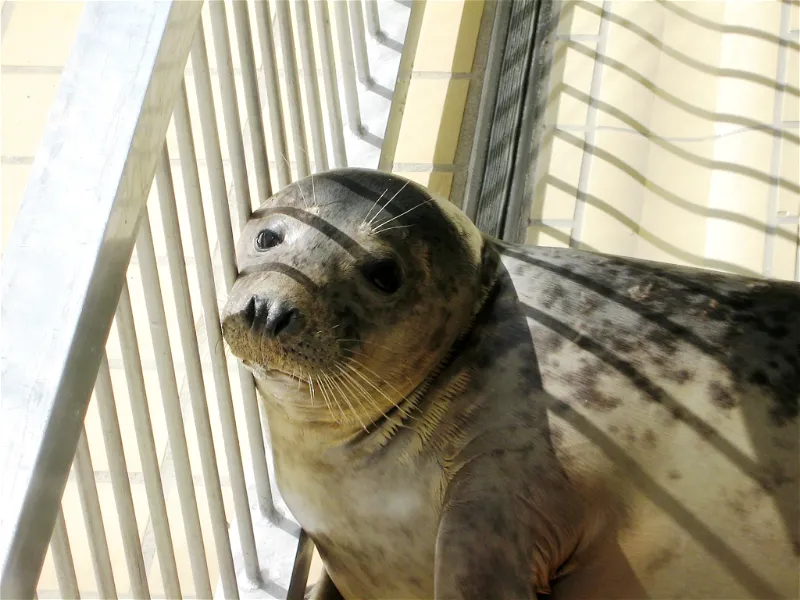 Pieterburen Seal Rescue Center A 50 Year Legacy Ends With Final Seal Release
May 13, 2025
Pieterburen Seal Rescue Center A 50 Year Legacy Ends With Final Seal Release
May 13, 2025 -
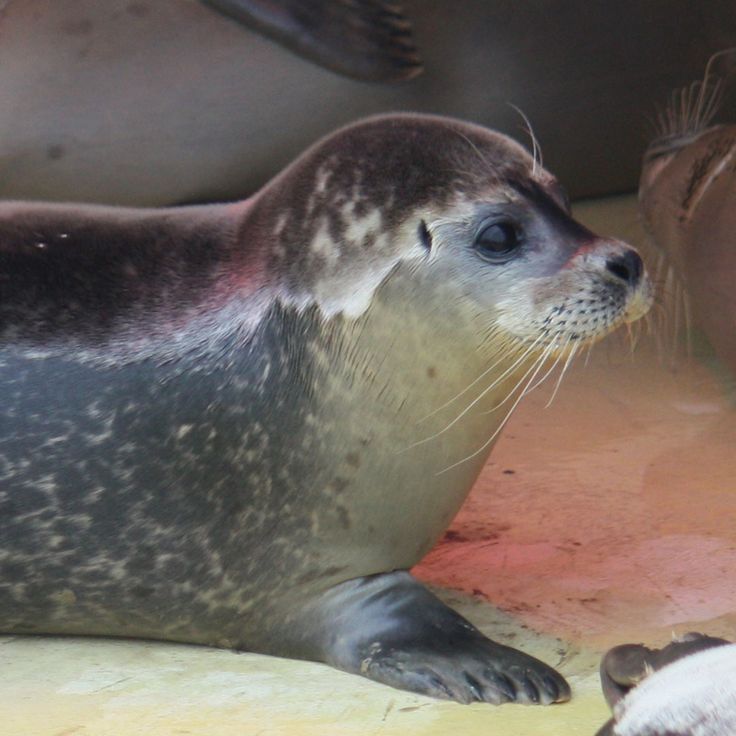 Closure Of Pieterburen Seal Rescue Center 50 Years Of Service Concludes
May 13, 2025
Closure Of Pieterburen Seal Rescue Center 50 Years Of Service Concludes
May 13, 2025 -
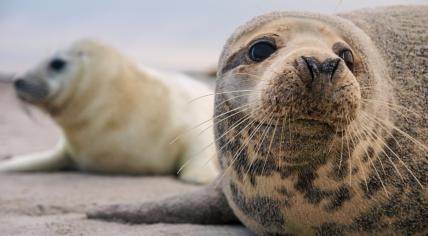 Last Seals Released As Pieterburen Rescue Center Ends 50 Year Mission
May 13, 2025
Last Seals Released As Pieterburen Rescue Center Ends 50 Year Mission
May 13, 2025 -
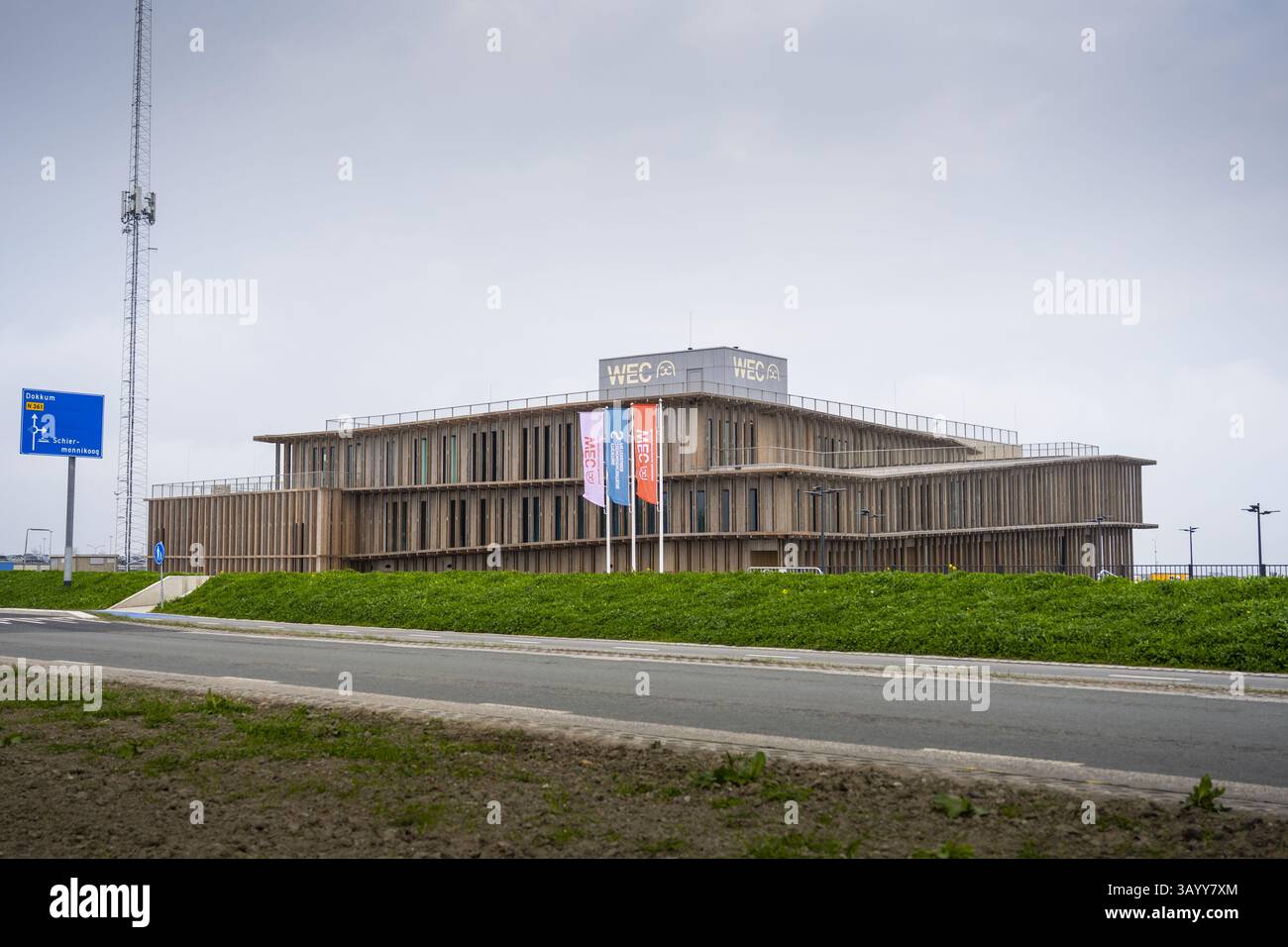 Pieterburen Seal Center Closes Final Seals Released After 50 Years
May 13, 2025
Pieterburen Seal Center Closes Final Seals Released After 50 Years
May 13, 2025 -
 Recent Developments Partynextdoor Apologizes To Tory Lanez
May 13, 2025
Recent Developments Partynextdoor Apologizes To Tory Lanez
May 13, 2025
